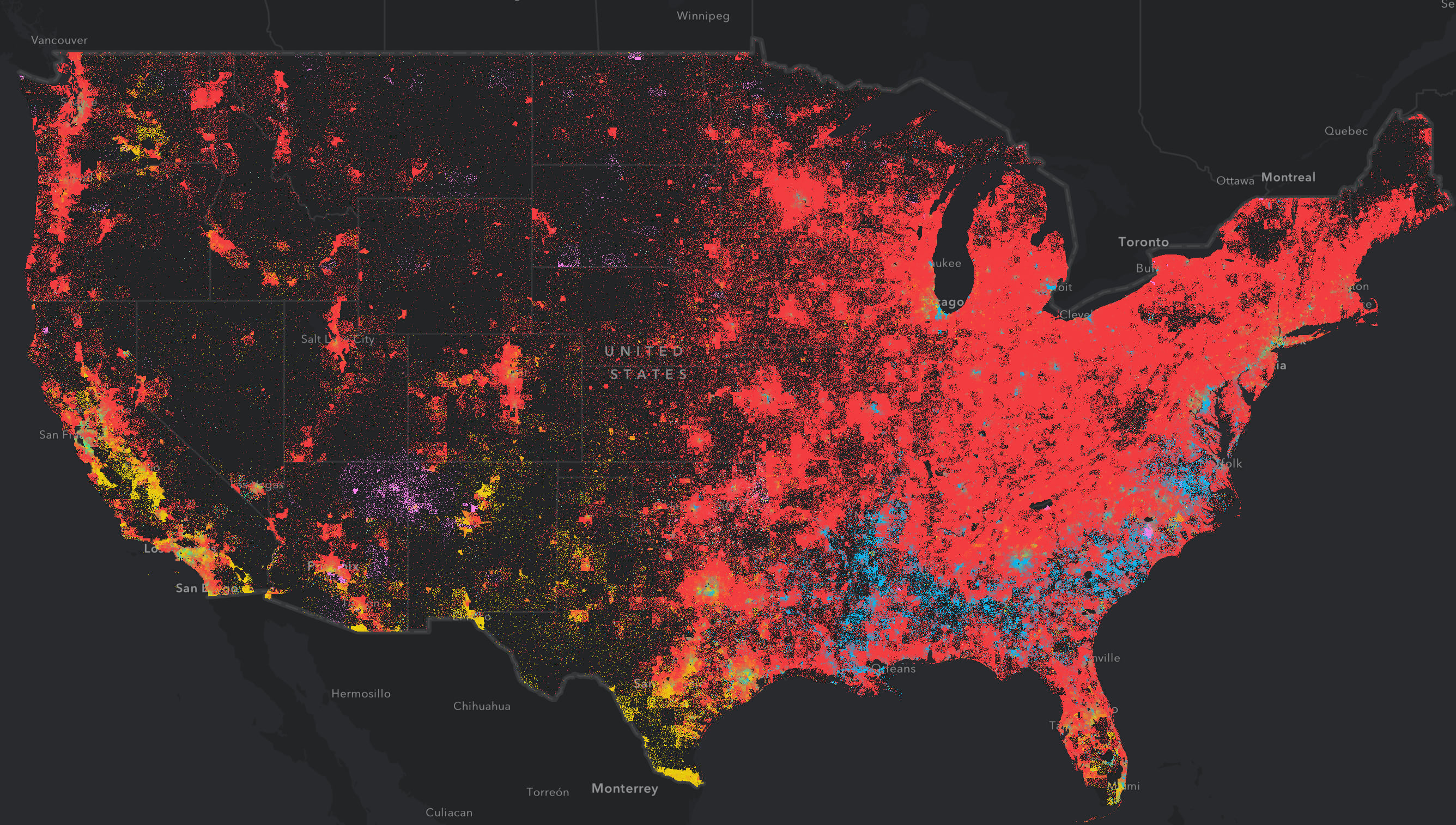

According to Pew Research Center, the country's racial profile will be vastly different, by 2055.

United States DemographicsĬurrently, the United States is 60.4% white. This is a bit higher than the 329.06 million estimated by the United Nations. While New York City is no longer in the top 20 largest cities in the world by population, it is the world's second-largest city by GDP – its nominal GDP of $1.55 trillion puts it second to Tokyo, Japan.Īlthough no US cities compare in either size or density to New York City, Los Angeles in California is the second largest city in the nation with roughly half the population - around 4 million.Īccording to the US Census Bureau's population clock, the estimated 2019 United States population (August 2019) is 329.45 million. The city's population is estimated at an impressive 8.4 million, which makes New York City larger than the second and third most populous cities in the United States, Los Angeles (4 million) and Chicago (2.7 million), combined.īy 1930, New York City was the largest city in the world, holding the title until 1980 when three worldwide cities surpassed its numbers. The largest city by population and the most densely populated city in the US is New York City. Interestingly, although California is the largest state in the United States of America, it isn't the largest state in the Americas - that honor goes to Brazil's state of Sao Paulo with over 45 million residents. Its economy would be the eighth largest in the world, with roughly the same GDP as Italy, a European country of 61 million people. If California were a country, it would be the 36th most populous in the world, slightly larger than Iraq and Poland. The largest state in the US by population is California, which is estimated to be home to just over 39.5 million people. Its most populous states are California with a population of 39.5 million and Texas with a population of 28.7 million, and its most populous city is New York City with a population of 8.4 million. United States Area and Population Densityīy population, the United States of America is the 3rd largest country in the world, behind China (1.39 billion) and India (1.31 billion). The United Nations projects a lower total, estimating a population of just over 400 million in 2060. A 2015 Census Bureau Report suggests that growth will slow somewhat, and projects a 2060 population of 417 million, with the country crossing the 400 million threshold in 2051. The latest data from the Census Bureau shows that US population growth is running at between 0.7% and 0.9% per year. The population of the US continues to grow today, driven by a high level of immigration. Statistical modeling methods are applied to the most recent census data to give an up-to-date picture of how the population of America changes between censuses. Every year, the Census Bureau also releases annual population estimates. National and State governments also use the information to plan services - for example, if they know that the population in an area is growing rapidly, they can plan to build more housing, schools, and hospitals. The first purpose is to ensure that each seat in Congress represents roughly the same amount of people. The information collected in the census is used for many purposes. The last census was held in 2010, and the next census will be held in 2020. The United States census is held once every ten years, to count the number of people in the country along with gathering basic information, including age, sex, and race. The population grew rapidly moving forward, and when the first official census was held in 1790 shortly after independence, the population had grown to nearly 4 million. United States Population Growthįormal censuses were not carried out during the colonial era, but records show that the colonial population grew from a shaky start of just 3,800 in 1610 to over 1 million in 1750. Additionally, more post- World War II baby boomers are reaching old age, increasing the number of deaths.ĭespite a decrease in the population growth rate in recent years, the population is still expected to grow continuously. This is because of a decrease in the number of total births over the year. The population grew 0.60% in 2019 the lowest rate the U.S. The United States population grows on average about 0.9% every year. The population growth in the United States is mainly attributed to high rates of immigration, which have decreased since 2016, and the natural increase (the difference between births and deaths). population is expected to surpass 400 million people. Unlike China and India, the United States population is expected to continue to grow throughout the century with no foreseeable decline.


 0 kommentar(er)
0 kommentar(er)
